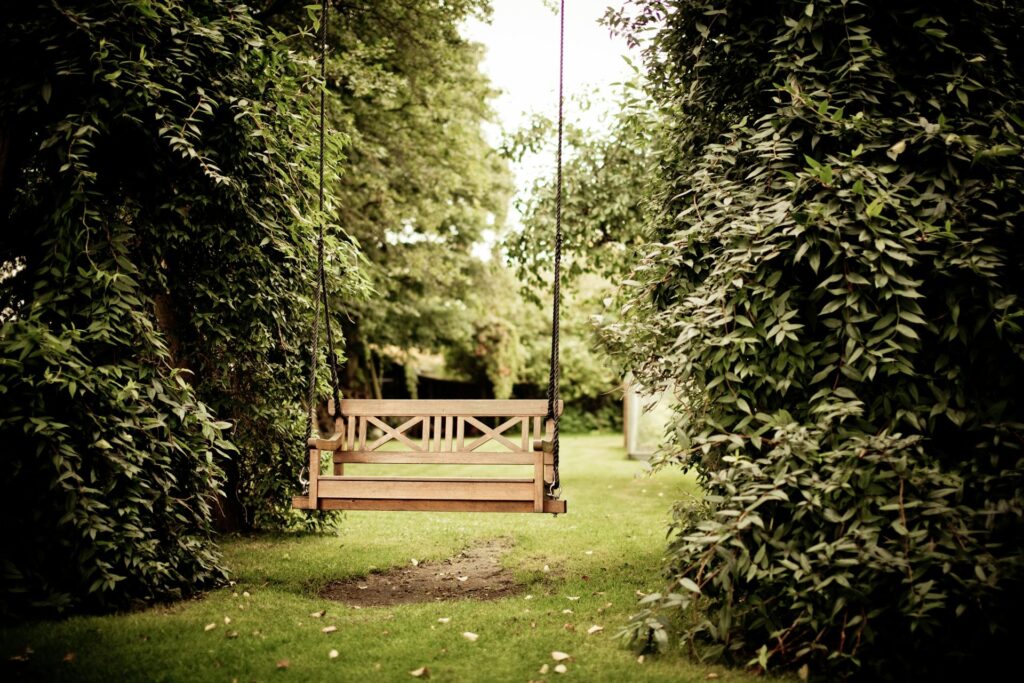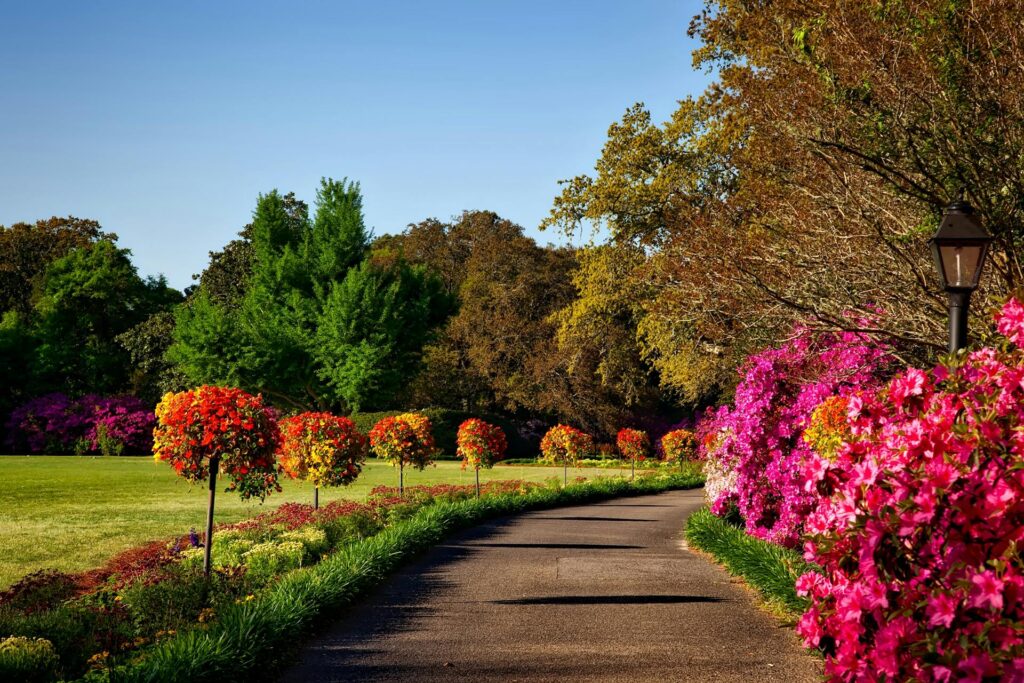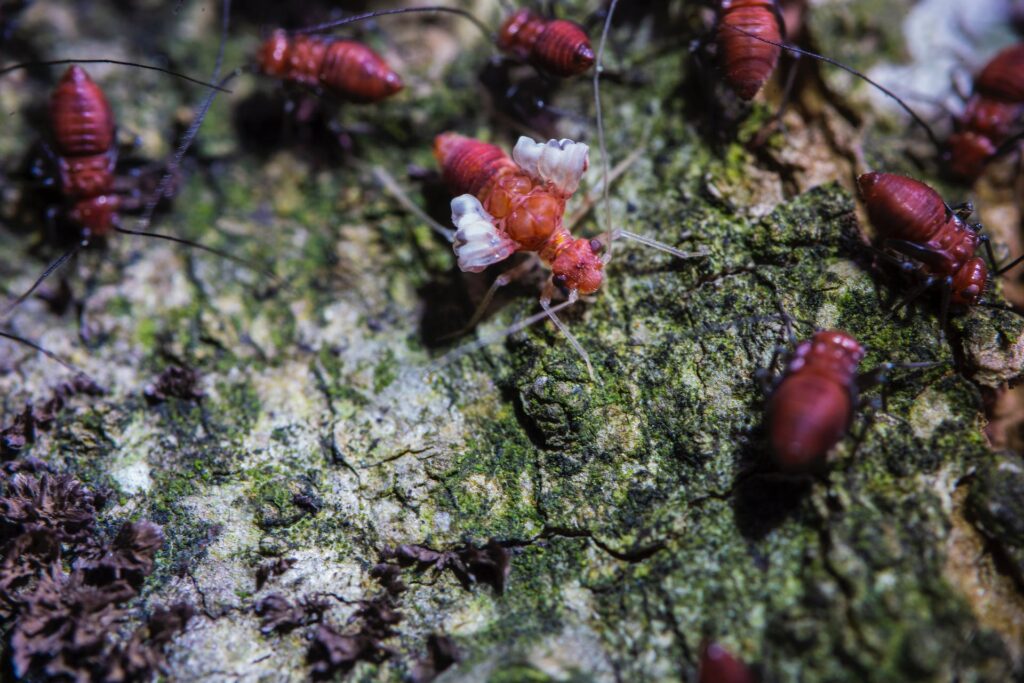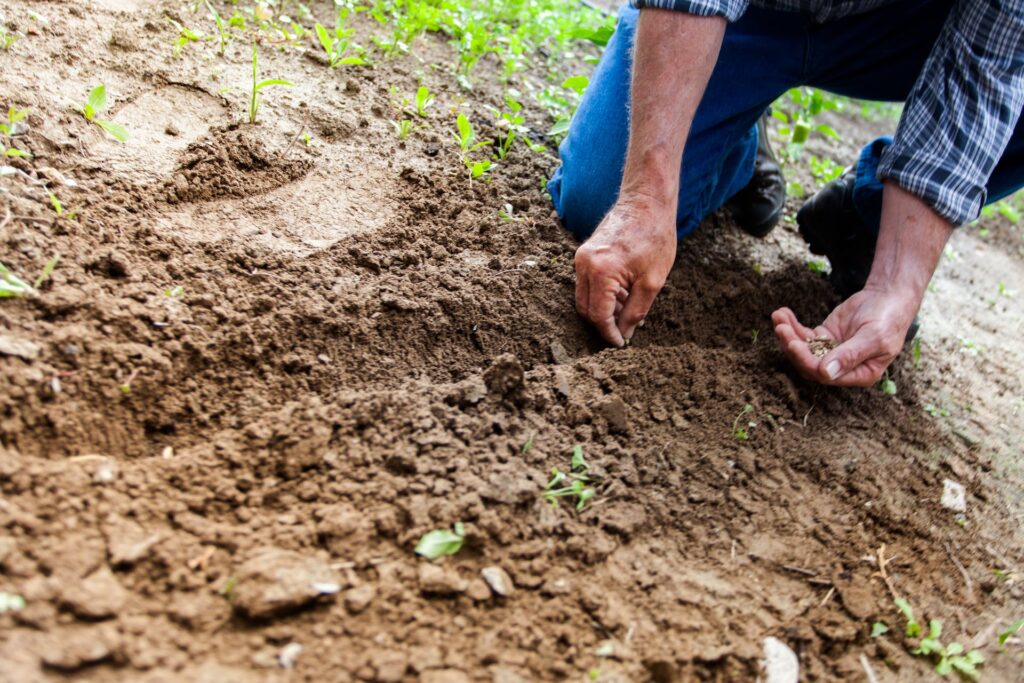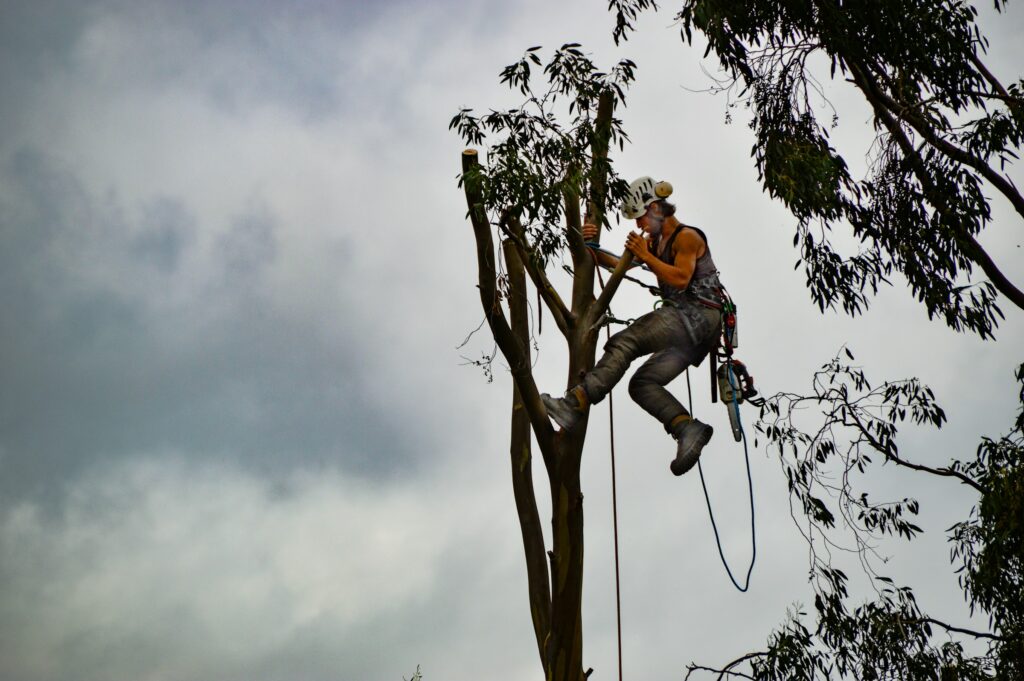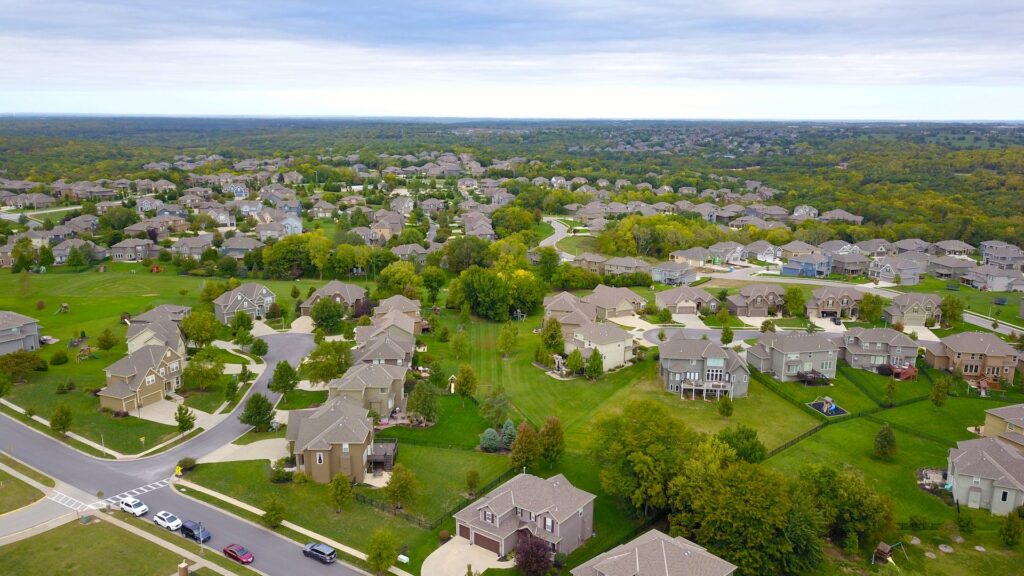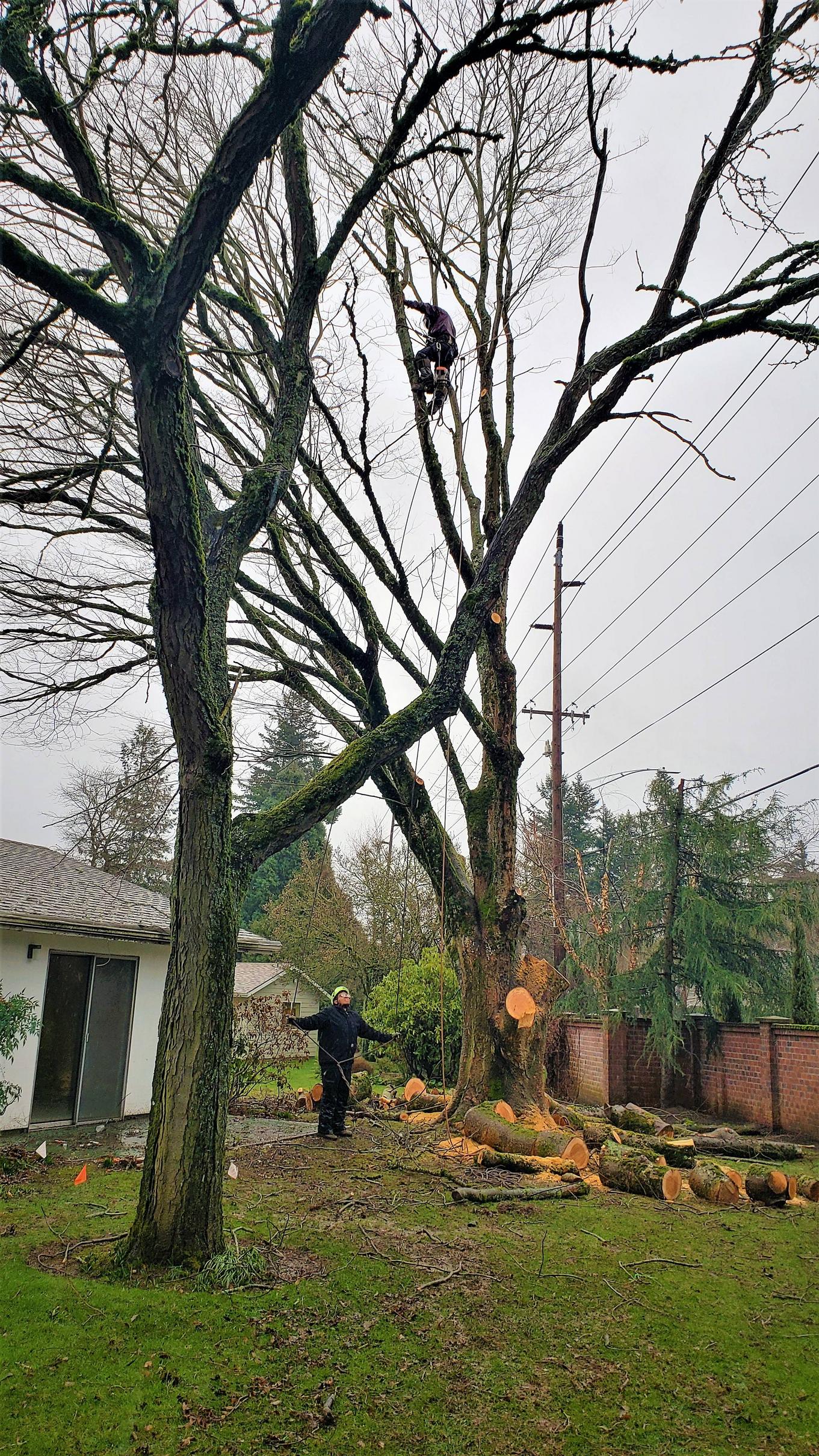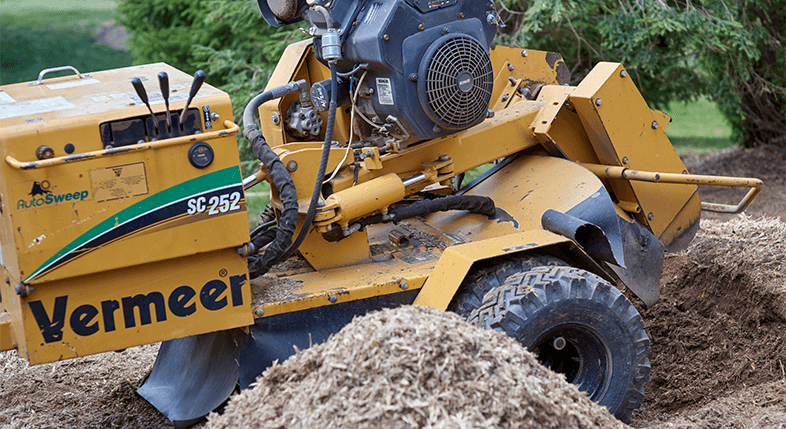Hiring a professional landscaping service has its pros and cons. If you’re considering hiring one for your yard or garden, you’ll want to make sure you understand the pros and cons first. A landscape company might use heavy machinery or move large plants and trees. If this happens, you need to make sure the company has adequate insurance coverage.
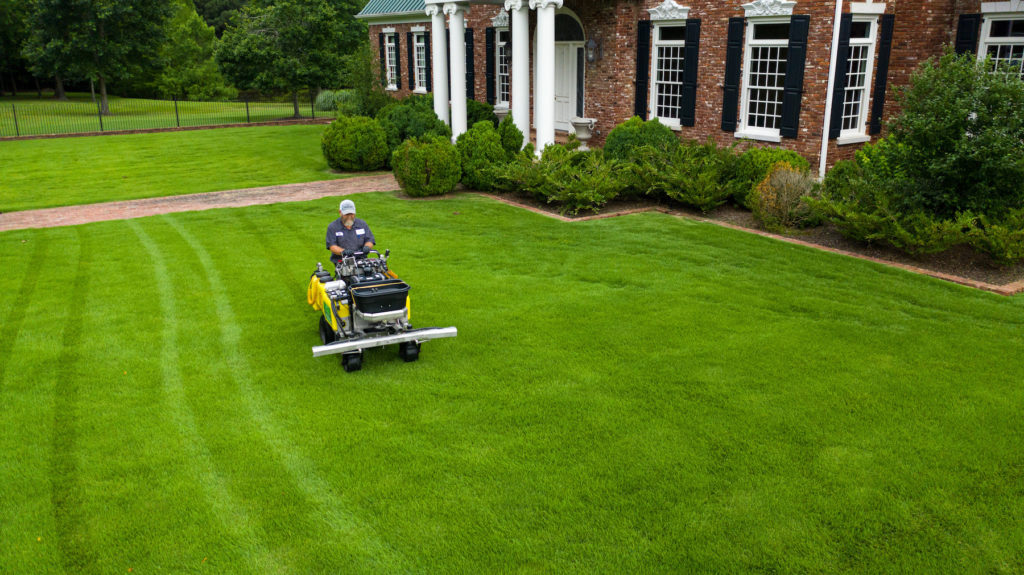
The pros and cons of hiring
Hiring a garden and landscaping service can be beneficial in several ways. It can save you a lot of time. Hiring a landscaping company will save you hours each week. However, it is important to remember that the services provided by the landscaper are not free. They may be busy and may not be able to maintain your yard as often as you want.
Landscaping a lawn and garden requires a lot of time and attention. Unless you’re a professional landscape designer, you’ll find it difficult to maintain an attractive and well-maintained yard on your own. Hiring a landscaping company means that your time isn’t wasted on a messy yard. A landscaping company also makes sure that all of the essential elements are in place and working properly. A professionally maintained lawn and garden will increase your home’s value. Many people will pay top dollar for a property with a nicely maintained yard.
Hiring a garden and landscaping service is a great option for people who don’t have the time or desire to do it themselves. There are a variety of different services to choose from, and you can find one that suits your needs. A garden and landscaping service will work quickly and efficiently and can save you time and money. Just make sure you ask what products they use and whether they are safe for the environment.
Hiring a garden and landscaping service is a great way to reduce the risk of injuries. A professional gardener is experienced and fully insured and is used to undertaking large projects. A landscaper can also do a job more quickly and efficiently than a homeowner can.
A garden and landscaping service will be able to evaluate your yard’s health and devise a plan that suits your needs. In contrast, a homeowner who cares for his own lawn must spend hours every weekend mowing, trimming bushes, and cleaning up. This can add up to a significant amount of money over time.
The pros and cons of hiring a professional landscaping service
Hiring a professional garden and landscaping service can be a great way to improve the appearance of your property. These professionals are fully insured and used to large landscaping projects. Additionally, they can provide helpful advice on plants and features. They can even help you manage pests.
Hiring a professional landscaping service is a cost-effective way to create an organized, beautiful yard. They use the best tools and equipment to create your dream backyard. They have a large supply of materials, tools, and labor on hand and can do the hard work. Moreover, hiring a professional landscaping service also means you won’t be spending as much time and energy on maintaining your yard.
Landscaping your yard is a great way to create curb appeal. It not only makes your house look better, but it will also increase the value of your property. In fact, a professionally landscaped yard can increase your property’s value by up to 15%. The type of plants, size, and design of your yard can also affect the overall property value.
Another pro of hiring a professional landscaper is that they have access to hard-to-find plants and soil. This is important if you are growing plants, especially organic ones. In addition, they are able to provide you with expert advice about certain pests and diseases that you would otherwise have to deal with yourself. However, some cons of hiring a landscaping service are that you don’t have control over the processes.
Hiring a landscaper can save you hours of your life every week. You don’t have to worry about mowing your yard or weeding your flower beds. They will take care of everything else. They will send you estimates for the work and you can pay them on completion of the work.
Hiring a landscaping contractor is an excellent idea if you don’t have enough time to tackle the project on your own. A professional landscaper can give you creative ideas to make your yard look great. They will also be able to create a design that fits your budget.


